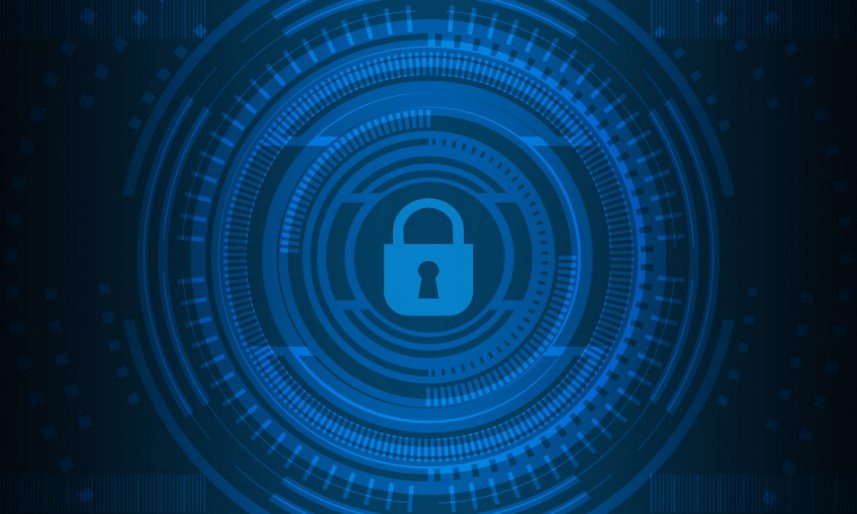Safeguarding against digital threats

In 2025, cyber threats are more sophisticated than ever, and the construction industry is no exception. While firms focus on physical job sites, cybercriminals are exploiting digital vulnerabilities in project management software, IoT devices, and cloud-based tools. From ransomware attacks to financial fraud, businesses handling sensitive project data and high-value transactions are prime targets.
Many construction companies mistakenly believe they aren’t at risk, assuming cybercriminals prioritize industries like finance or healthcare. However, hackers recognize the value of construction firms due to the multiple access points to critical information. Phishing scams —where fraudsters send emails posing as trusted contacts — are increasingly tailored to trick employees into revealing credentials, transferring funds, or downloading malware. Ransomware attacks can lock down project files, with criminals demanding payment for data restoration, yet even when paid, recovery isn’t guaranteed. Third-party vendors with weaker security also create vulnerabilities, allowing cybercriminals to access confidential financial and project data. Invoice fraud is another growing threat, where attackers manipulate communications to divert large transactions to unauthorized accounts.
The consequences of cyber incidents are severe: project delays, financial losses, regulatory fines, and reputational damage. A phishing attack compromising a firm’s email system could allow fraudsters to alter invoice details, redirecting funds away from subcontractors. A ransomware attack could halt operations, forcing costly downtime and legal repercussions. A data breach via a vendor could expose sensitive project blueprints or employee records, leading to regulatory scrutiny and potential lawsuits. These risks highlight the need for both proactive security measures and cyber insurance.
Mitigating Cyber Risks in Construction
A strong cybersecurity strategy involves proactive risk management, employee training, and comprehensive insurance coverage. Firms must regularly assess their vulnerabilities, monitor emerging threats, and implement security best practices. Multi-factor authentication (MFA) strengthens defenses by requiring multiple verification steps, while regular data backups ensure critical information is secure and retrievable in the event of an attack. Robust endpoint and network security —such as firewalls, antivirus software, and encryption —prevents unauthorized access.
Human error remains one of the biggest cybersecurity risks. Educating employees on identifying phishing attempts and fraudulent emails significantly reduces exposure to cyberattacks. As threats become more sophisticated, employee training should be an ongoing effort rather than a one-time initiative.
Even with strong security measures, no system is immune to cyber incidents —making cyber insurance a crucial safety net. A well-structured policy covers legal fees, regulatory fines, forensic investigations, business interruption costs, and crisis management expenses. It ensures companies can recover quickly, minimizing operational disruption and financial fallout.
The Evolving Threat Landscape
Cyberattacks are becoming more advanced, leveraging artificial intelligence (AI) to craft highly convincing phishing emails, deepfake videos, and fraud schemes that are increasingly difficult to detect. The widespread use of mobile devices on job sites presents additional risks, as compromised phones and tablets can provide attackers with direct access to project data. Meanwhile, the rise of Ransomware-as-a-Service (RaaS) has made cybercrime more accessible, allowing even inexperienced hackers to launch attacks.
Despite these escalating threats, some construction firms hesitate to invest in cyber insurance due to misconceptions. Many assume only large corporations are targeted, but in reality, small and mid-sized firms are frequent victims due to weaker defenses. Cybercriminals prioritize easy targets, not just high-profile ones. Another common belief is that cyber insurance policies rarely pay out, but in 2025, insurers continue to provide reliable coverage for data breaches, ransomware attacks, and fraud-related losses. Additionally, some firms mistakenly assume their general liability policies cover cyber incidents, but traditional policies typically exclude cyber risks, making dedicated cyber insurance essential.
Beyond financial protection, cyber insurance strengthens client trust and contract security. Many project owners and investors now require proof of cyber insurance before engaging with vendors, making it a valuable asset in securing contracts.
Building a Cyber-Resilient Future
As cyber threats continue to evolve, construction firms must integrate cybersecurity into their overall risk management strategy. Predicting threats, preventing incidents, and insuring against losses are key steps to safeguarding operations and ensuring business continuity. Investing in cybersecurity and cyber insurance is no longer optional — it’s a necessity for resilience in an increasingly digital world.
Nikki Keith is principal at Wilson M. Beck Insurance Services, and Robyn Wilson is vice president at the company. For more information about cyber exposures or cyber insurance solutions, visit www.wmbeck.com.
The post Safeguarding against digital threats appeared first on REMINET.

